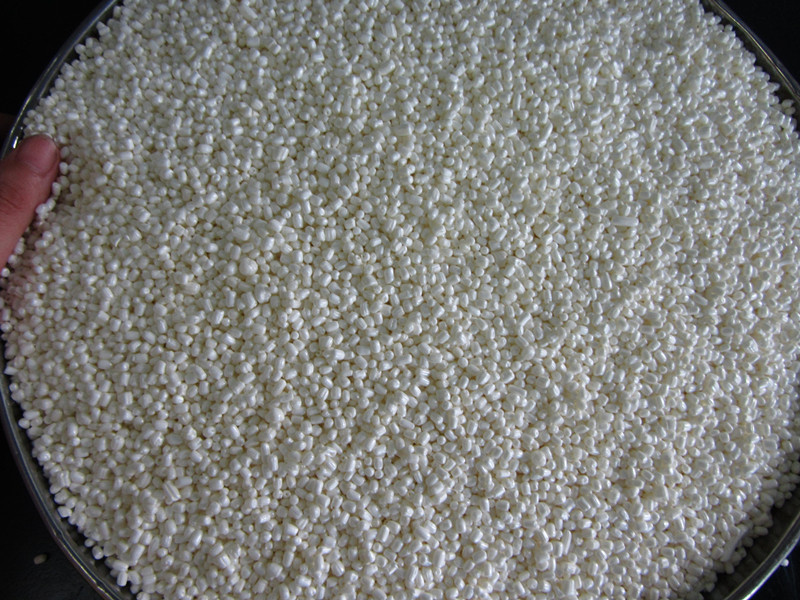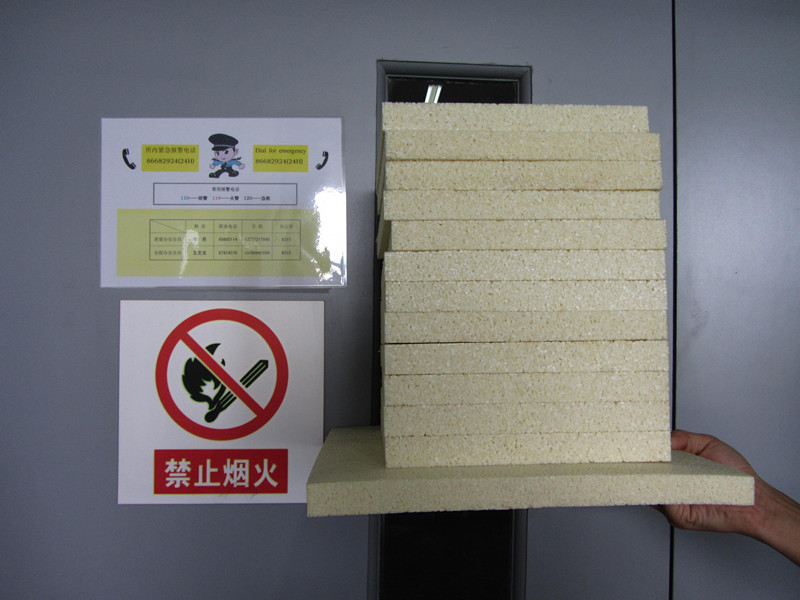Over the past decades considerable effects have been put forth to fabricate lightweight polyimide (PI) foams, considering their superior heat-resistance, flame retardancy, and less smoke generation, which make them widely used in many advance applications, such as aerospace, submarine, special ships, and high-speed trains. However, most PI foams have cell sizes in the range of millimeters. The mechanical properties of these foams are usually much weaker than those of the solid polymers. Glass fiber-plastic honeycombs and aramid paper honeycombs sandwich could offer very unusual properties to aircraft, but very high cost generally restricts their use. Consequently, it is very important to develop new high-performance lightweight materials with good mechanical properties at relatively lower cost.
Solid-state microcellular foaming technology has been suggested by researchers as a way to fabricate microcellular PI and other high-performance polymers foams to improve the mechanical properties. During the process, polymer resins are saturated by a physical blowing agent such as CO2 and N2 at high pressure and low temperature, and then foam at high temperature. In those studies, the polymeric foams with microcellular structure and nanocellular structure could be obtained by adjusting the foaming parameters. However, this method is challenging to prepare microcellular PI foams with the expansion ratio higher than 10 times and densities comparable to the conventional PI foams.
Recently in 2012, the researchers in NIMTE developed a novel route to make PI bead foams using a mixed physical blowing agent. By increasing the gas solubility in PI matrix and improving cell nucleation, they have successfully developed the PI foaming technology. The resultant PI bead foams present high expansion ratio of 50-60 times (in Figure 1) and well-defined cell morphology.
 |
|
Figure1. Optical micrograph of thermoplastic PI bead foams (Image by NIMTE) |
Due to the foaming process did not affect the molecular character of the commercialized PI resin, the PI foams could maintain the excellent properties of PI reins, such as high service temperature of 180-220°C, self-extinguishing property, good chemical stability, and so on. The PI bead foams can further be molded using into the 3-D samples. The molded PI bead foam (EPI), shown in Figure 2, exhibits good dimensional stability at 180 °C and low thermal conductivity of ~0.03 W/m. k. The developed PI foaming technology is suitable for thermoplastic PI resin, easy processing with low cost, and the performances of EPI product are quite attractive. Up to now, the result has been published on Ind. Eng. Chem. Res (W.T. Zhai*, W.W. Feng, J.Q. Ling, W.G. Zheng, Fabrication of Lightweight Microcellular Polyimide Foams with Three-Dimensional Shape by CO2 Foaming and Compression Molding, Ind. Eng. Chem. Res., 2012, 51,12827-12834). The pilot scale equipment has been designed in the lab, two patents are in process and two more are in preparation.
 |
|
Figure2. The molded EPI samples ( Images by NIMTE) |

